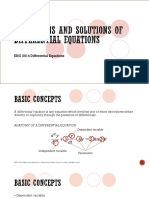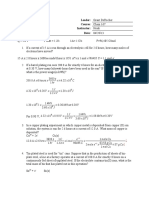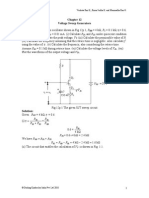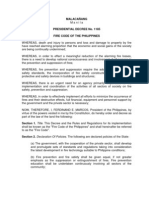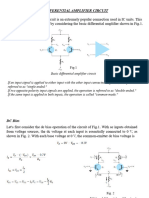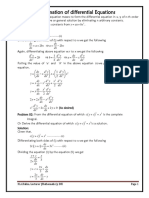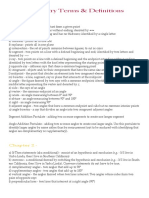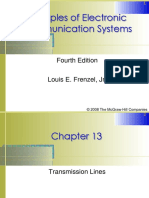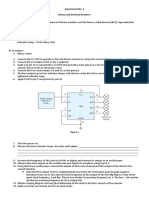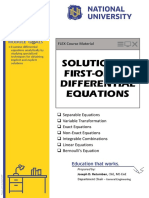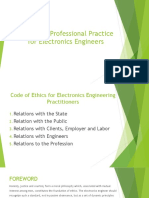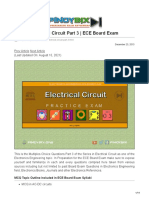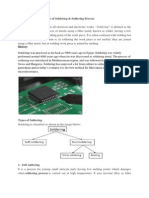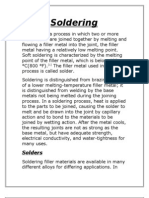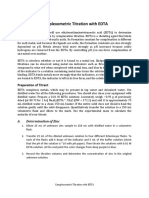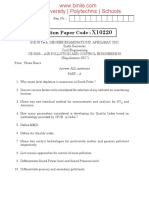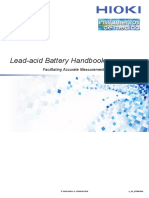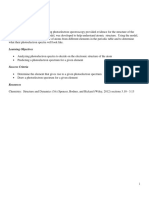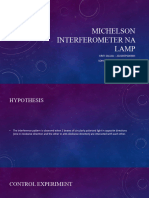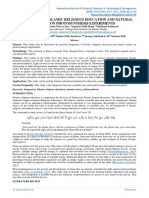0% found this document useful (0 votes)
640 views8 pagesSoldering Report
SUMMARY
This report documents a soldering project undertaken by undergraduate students at PDPM IIITDM Jabalpur, India as part of their DS-219 manufacturing processes course. The goal was to gain experience with manufacturing techniques. For this assignment, the students were asked to solder a sheet metal cone to a cylinder to create a funnel shape. The report details the design process, materials used, soldering procedure, potential defects, and recommendations for improvement. Safety precautions for soldering are also provided.
Uploaded by
ParthaS HukaiCopyright
© © All Rights Reserved
We take content rights seriously. If you suspect this is your content, claim it here.
Available Formats
Download as PDF, TXT or read online on Scribd
0% found this document useful (0 votes)
640 views8 pagesSoldering Report
SUMMARY
This report documents a soldering project undertaken by undergraduate students at PDPM IIITDM Jabalpur, India as part of their DS-219 manufacturing processes course. The goal was to gain experience with manufacturing techniques. For this assignment, the students were asked to solder a sheet metal cone to a cylinder to create a funnel shape. The report details the design process, materials used, soldering procedure, potential defects, and recommendations for improvement. Safety precautions for soldering are also provided.
Uploaded by
ParthaS HukaiCopyright
© © All Rights Reserved
We take content rights seriously. If you suspect this is your content, claim it here.
Available Formats
Download as PDF, TXT or read online on Scribd
/ 8









